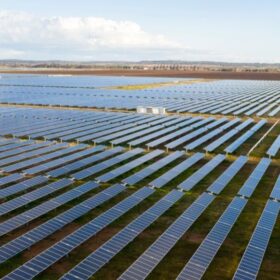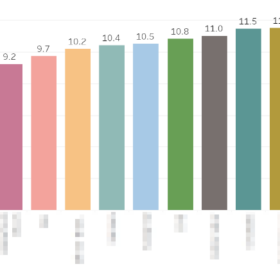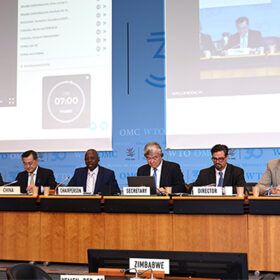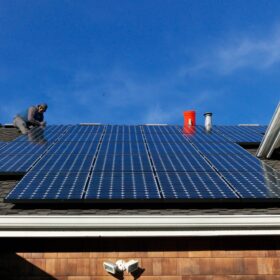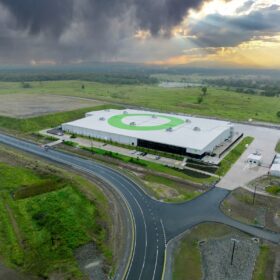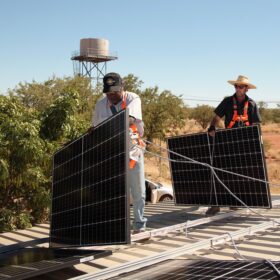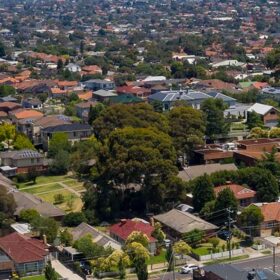Investor concerns remain as NEM project pipeline grows
Growth in Australia’s renewable energy sector is strong with 43 GW of new utility scale generation and storage projects working through the National Electricity Market connection process but concerns remain that uncertainties surrounding approval processes could impact investor confidence.
Data reveals dominant players in Australian battery market
Analysis by solar and storage market consultancy SunWiz has identified the most popular brand of battery energy storage systems in the Australian market with Chinese manufacturers leading the way.
Sinovoltaics shuffles PV module manufacturer financial stability rankings
The third edition of the Sinovoltaics financial stability report ranking lists India-based Abhishek Corp, Insolartion Energy, Waaree Renewable Technologies, and Solex Energy, all based in India, followed by United States-headquartered First Solar as the top five. Six additional manufacturers entered the global ranking.
Winter weather highlights bigger role for batteries
The latest quarterly report from the country’s energy market operator shows the role of batteries in supporting demand peaks in the National Electricity Market is on the rise, with average generation in those periods more than doubling since the same time last year.
Alinta secures approval for second battery in WA’s southwest
Electricity and gas provider Alinta Energy has received the tick of approval from the Western Australian government to begin construction of a second battery energy storage facility at Wagerup in the state’s southwest.
WTO accuses China of low transparency on state subsidies, including solar
The World Trade Organisation Secretariat has criticised China for an alleged lack of transparency in its state support framework and has urged the nation to improve its subsidy notification process.
WA targets 6.5 TWh of renewables generation as part of federal deal
Western Australia has locked in federal government funding to build a minimum 6.5 TWh of large-scale solar and wind projects and 1.1 GW of new storage to help ensure the electricity grid remains stable as the state continues its renewable energy transition.
New data exchange shines spotlight on future of consumer energy resources
An industry data exchange co-design is putting consumer energy resources at the beating heart of Australia’s energy marketplace, prompted by a 2050 projection of 86 GW of rootfop solar and 27 GW of flexible demand in the national electricity market.
PM says clean energy ambitions on track despite Fortescue green hydrogen pivot
Prime Minister Anthony Albanese insists Australia is “on track” to become a global renewable hydrogen superpower despite mining billionaire and green hydrogen advocate Andrew Forrest signalling a major slowdown of Fortescue’s ambitions.
Path cleared for Tasmanian utility to build and partner on 300 MW projects
The way has been cleared for a new generation of solar, wind and hydro projects to be developed in Tasmania with the state government lifting the legislative cap restricting Hydro Tasmania from building or partnering in new large-scale energy generation facilities.
